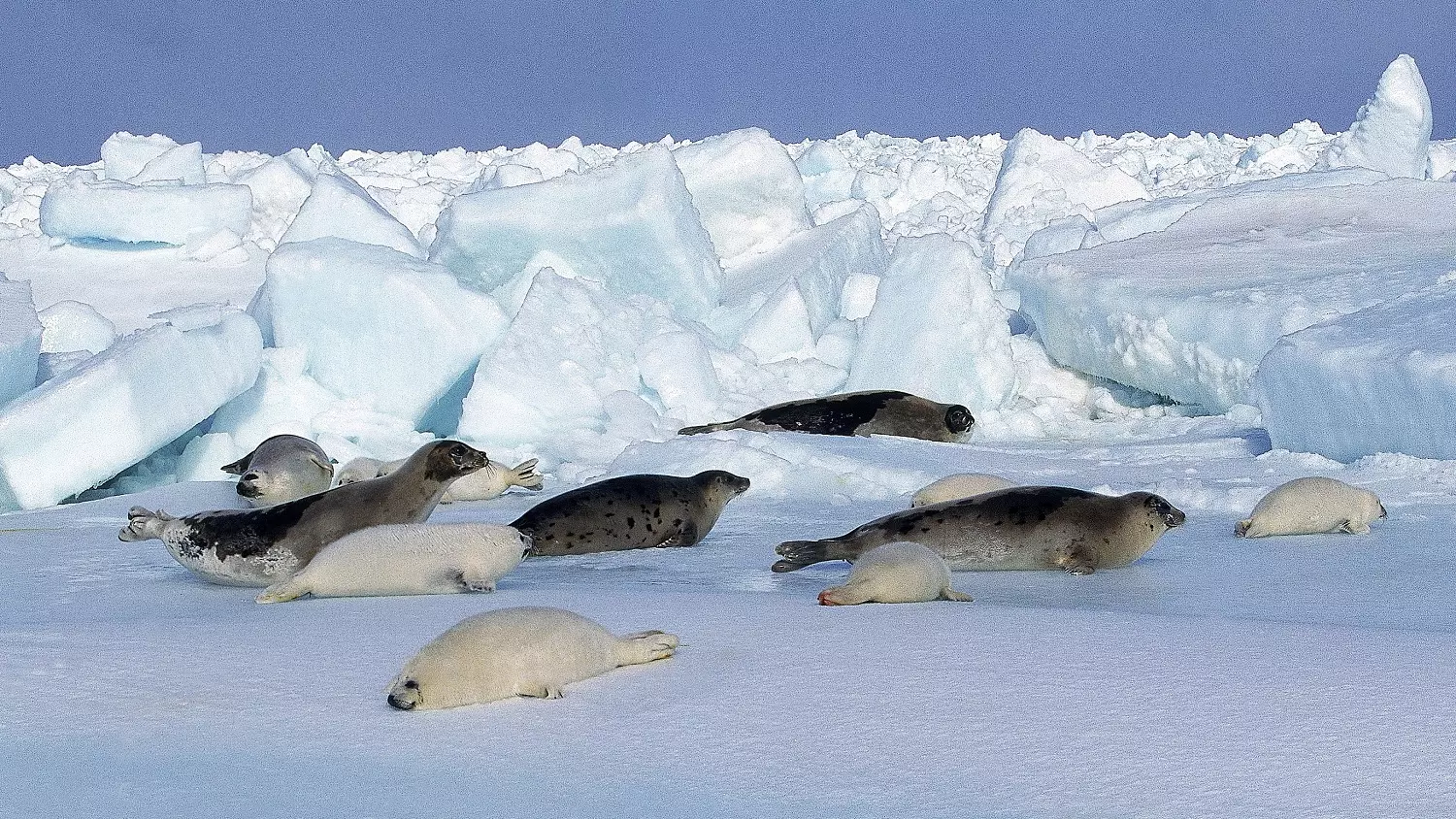God’s Creation Seals the Deal
Seals are one of God’s most wonderful creations.
They are perfectly designed for life in the water. Many features that stand out in other kinds of animals are minimized (such as ears) or tucked into slits or pockets under the skin, streamlining the seal’s body for more efficient swimming.
When seals submerge underwater, their nostrils close automatically. The pupils of their eyes expand widely to capture light in near darkness helping them find prey at night or in deep water.
The deepest-diving seals can descend hundreds of meters [300+ feet] and stay underwater for 1–2 hours.
Seals can conserve oxygen for long periods of time, enabling them to stay submerged much longer than humans can.
As a seal starts to dive, its heart rate slows to about one-tenth of its rate at the water surface. The arteries which transport oxygen-carrying blood to most of the body constrict or squeeze shut, allowing only the sense organs and nervous system to continue to receive a normal flow of blood.
Seal muscles even store oxygen. And the spleen, an organ that stores oxygen-rich blood, is exceptionally large in seals, serving as a kind of biological scuba tank.
During a dive, carbon dioxide builds up in the blood, and the lack of oxygen causes lactic acid levels to rise in the muscles. Unlike most animals, seals are able to resist pain and fatigue caused by lactic acid accumulation.
But once seals return to the water surface, they need a recovery period to bring their body chemistry back to normal.
Rapid blood circulation through very large veins leading to the lungs helps to rid the seal’s body of carbon dioxide.
Keeping warm
is important for seals since water quickly conducts heat away from their bodies. Adult seals produce a thick layer of fat, called blubber, under their skin, which is an excellent insulator against the cold. Blubber is also used to store energy for times when food is scarce; seals can live off the stored fat in blubber for weeks to months.
While most newborn seals have little or no blubber, many seal species develop a fur coat during infancy that traps air next to the skin for an extra layer of insulation. The beautiful white coat of the infant harp seal, born on the Arctic ice, actually sets up a small greenhouse effect, trapping the energy of sunlight as heat near the skin.
Many species shed this fur coat as they grow older, replacing it with blubber for insulation. Some seals, however, throughout their lives keep a dense coat of fur made up of about 120,000 hairs per cm² (about 800,000 hairs per in²). By contrast, an entire human head contains only about 100,000 hairs.
What does all this tell us?
- Think about the design seen in the seal.
- Think also about the design seen over and over again throughout Creation.
In this article I have given you a glimpse of this design. I hope that you have come to the same conclusion as Sir Fred Hoyle (England’s foremost astrophysicist) did regarding God and evolution:
…A common sense interpretation of the facts suggests that a super intellect has monkeyed with physics, as well as with chemistry and biology, and that there are no blind evolutionary forces worth speaking about in nature. The numbers one calculates from the facts seem to me so overwhelming as to put this conclusion almost beyond question.
Beyond question, God’s Creation always points a finger toward its Creator; not away from eternity’s Designer.







Excellent article! As a runner, I know the pain (and even taste) of the lactic acid buildup. So amazing that “seals are able to resist pain and fatigue caused by lactic acid accumulation.” Coupled with so many other efficient designs, I’m not sure how any honest observer can’t glorify a Creator! William